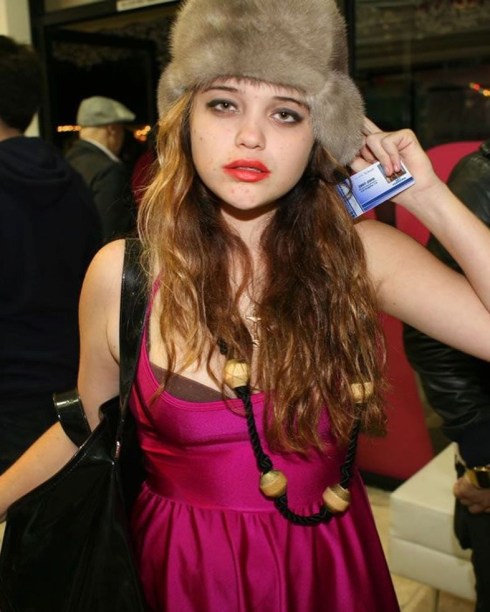One of the best things about fashion is that trends have a habit of repeating themselves. What was once trendy becomes outdated and then, several years later, emerges back on the scene as the latest fashion obsession. We’ve seen this happen countless times with choker necklaces, ‘mom-style’ denim, ‘mall-goth’ and a variety of other styles our parents would look at and reminisce about.
Most recently, alternative styles such as grunge and ‘indie sleaze’ have made a huge come-back. Are these anti-fashion statements here to stay, and what does this mean for society’s already troubling fashion-generated waste?
Since the mid-2010s, fashion inspired by the grunge scene has become increasingly popular since its birth in the 80s. Characterised by looser, distressed clothing, a darker colour palette, and a generally ‘untidy’ aesthetic, grunge fashion attempts to mimic the style of the bands who impacted the scene so heavily.

Indie sleaze, in stark contrast, is incredibly maximalist. In its prime, the style included garish accessories, eye-catching patterns and vintage clothing. The style is primarily an anti-fashion movement, where the point is to limit the consistent colour palettes and minimalistic way of accessorising that we strive for today.
Much like grunge, the ‘clean’ look is certainly not the goal of this aesthetic. Throughout this year, indie sleaze has made an appearance in such high-profile fashion magazines as Elle and Vogue, seemingly becoming even more popular in the celebrity fashion world since early April.

Both styles existed heavily on Tumblr from 2010 to 2016, but have found their way onto more modern platforms like TikTok in recent years. Fashion analyst, Mandy Lee, believes that indie sleaze is coming back but in a reimagined way, fitting with a more modern lifestyle.
Kennedy Bingham, an LA-based Stylist and Creative Producer, spoke with Brig about the reemergence of grunge and indie sleaze and what this could mean for the environmental impact of fashion.
“We saw a resurgence of grunge in response to the preppy, chevron-clad hyperfeminine motifs of the late 2010s. It isn’t surprising that it’s coming back now when there’s so much mainstream representation of one particular kind of influencer,” Kennedy told Brig.
“Social media promotes creators who push out three to four posts a day, and when those pictures live on your feed in such close proximity, an outfit repeat can feel like a real faux pas. The more influencers have to create, the more variety they need and the more clothing they’ll buy. The more clothing they buy and post, the more their followers are going to want to buy. It’s a vicious cycle.”
While these revitalised styles might not be for everyone, both can be accomplished in a sustainable way – something which can’t be said for most fashion trends. The fashion industry is extremely wasteful, churning out countless pieces that nobody wants to keep due to impracticality, bad quality or simply the change of what’s ‘trendy’.

Kennedy told Braw: “The main issue [for the environment] that I can think of is the growing amount of waste as a result of fast-fashion trends and overconsumption. There are images circulating every day of clothing with tags still on them littering landfills.”
Through thrifting and DIY, those who are interested in incorporating these styles into their wardrobe need not do so through fast-fashion websites, which are notorious for using underpaid labour to keep prices low and production high. Brig asked Kennedy whether she thought that DIY and thrifting-focused fashion types, such as indie-sleaze and grunge, could help to limit the amount of waste created.
“Anything to promote elongating the life of an individual piece of clothing is going to be environmentally beneficial,” Kennedy said. “At the end of the day, a piece of clothing is essentially just fabric. Even if it’s been ripped and stained it can be repurposed into something you can still use. A good seamstress, or even a tutorial on YouTube, can allow you to refresh your closet without having to buy even one new thing.”

According to sustainable fashion designer, Stella McCartney, less than 1% of the material used to create clothing in the UK is recycled – which results in 99% of all our textiles and clothing pieces becoming waste.
Maybe it’s time to welcome these anti-fashion movements as part of the way forward, towards a more sustainable fashion scene; one which allows people to stay trendy while being environmentally friendly. So rip your jeans, don your flannel and head to your nearest charity shop to update your jewellery collection because grunge and indie sleaze fashion are back and (hopefully) here to stay.
Featured Image Credit: Marc Jacob’s S/S93 Nirvana Tribute for Perry Ellis
Journalism student at the University of Stirling. She/Her. Twitter & Instagram: @DeannaDawnn




